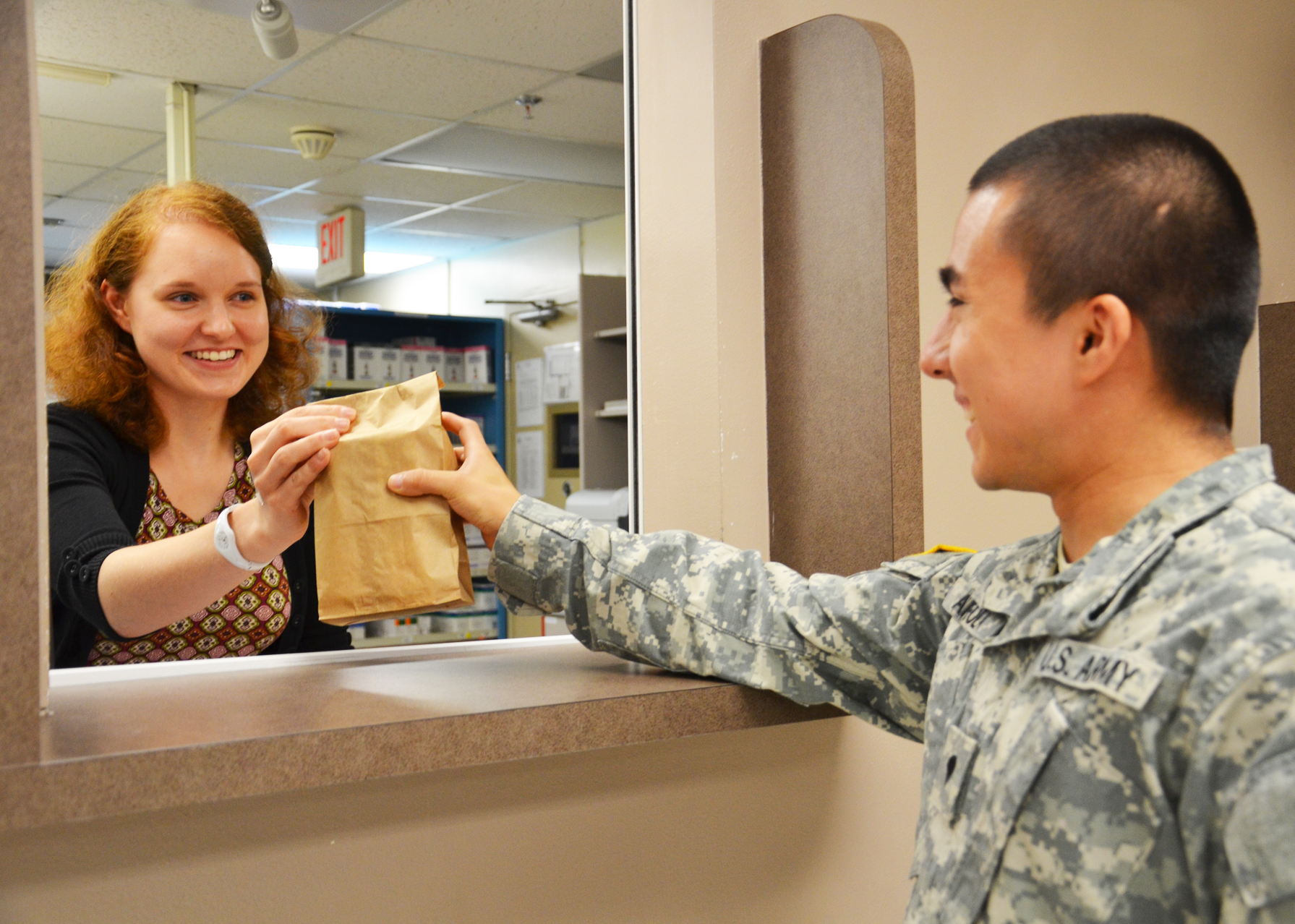Controlled substance use limited to six months from dispense date
By Brandy Gill, CRDAMC Public Affairs
FORT HOOD, Texas - Recent changes to Army Medical Command regulation 40-51, Medical Review Officers and Review of Positive Urinalysis Drug Testing Results, now limits the length of time Soldiers can use prescribed controlled substance medications to six months from the date it was dispensed.
The all Army activities message, or ALARACT, was issued by the Office of the Surgeon General on Feb. 23, 2011, and the changes are now being implemented Army-wide.
This announcement may seem minor, but it could potentially be a career-ender for any Soldier who has these types of medicines Col. Kimberly Kesling, Carl R. Darnall Army Medical Center medical corps deputy commander for clinical services, said.
All it would take is a positive urinalysis test.
“A positive urinalysis that occurs after the prescription dispensing date may result in a no legitimate use finding and subsequent Uniformed Code of Military Justice (UCMJ) action,” Kesling said.
This is a major change from how positive urinalysis tests due to prescribed controlled substances used to be handled Lt. Col. Gwendolyn Thompson, CRDAMC’s chief of the department of pharmacy, said.
“Previously, if a Soldier had a positive urinalysis test all they had to do was present their medication profile showing they were prescribed the controlled substance drug within that year and a valid use would be assumed,” she said. “But now, after six months from the dispensing date, it’s no longer considered valid use.”
Some of the most commonly prescribed controlled substances dispensed at CRDAMC pharmacies are Percocet, Oxycontin, Morphine, Vicodin, Tylenol no. three, Xanax, Ambien and Lunesta, but there are others Soldiers should be aware of too.
Anyone who receives a controlled substance medication from a CRDAMC pharmacy should be fully aware of it before they leave the facility Kesling said.
“Controlled substance medications are classified by the Drug Enforcement Agency (DEA) as a medication with the potential for abuse,” she said. “These medications are easily identifiable when dispensed at your pharmacy because a signature for receipt will be required and a pharmacist will counsel you that the medication is a controlled substance.”
Pharmacists are also handing out a letter that explains the change in policy which includes a list of the most commonly prescribed controlled substances, Thompson said.
“In addition to individually counseling each Soldier your prescription bottle will have a distinct red warning label which states, “Do Not Use six months after dispensing date. May result in “NO LEGITIMATE USE” on urinalysis,” she said.
Providers and pharmacies are limiting prescription quantities for these types of medications to a 30-day supply maximum for acute conditions too.
However, if a Soldier has a chronic condition they can still get the medications they need, but instead of one large prescription that would last for several months they will now get an initial 30-day supply with up to five 30-day refills.
Providers can still write 90-day prescriptions for controlled substance medications that treat attention deficit hyperactivity disorder, and deploying Soldiers will continue to receive a six-month supply of their medications before they deploy.
Even though providers and pharmacies are required to follow these new rules, responsibility still falls on the Soldier to make sure they are in compliance Thompson said.
“We all have medicine cabinets or shelves full of prescription medications. Soldiers tend to keep medications that are for pain if they don’t use it all initially,” she said. “A year later the Soldier has trouble with pain again and goes to the medicine cabinet and grabs the controlled substance. That’s what’s going to get them in trouble. They have to read the labels and pay very close attention to the dispense date.”
Soldiers can avoid this situation all together by safely disposing of the prescribed medication once the six-month grace period ends.
According to the U.S. Food and Drug Administration’s website there are several different ways to appropriately get rid of unused medications.
One way would be to look for medicine take-back programs. Another way would be to mix the medication with unpalatable substances like kitty litter, put the mixture in a sealable plastic bag and throw it away with household trash.
However, there are highly dangerous medications, like Oxycontin, Morphine and Percocet that should be flushed down a toilet or sink instead the website says.
“There is a small number of medicines that may be especially harmful and, in some cases, fatal in a single dose if they are used by someone other than the person the medicine was prescribed for,” the website states. “When you dispose of these medicines down the sink or toilet, they cannot be accidently used by children, pets, or anyone else.”
A complete list of medications that should be flushed can be found at U.S. Food and Drug Administration .
If a Soldier has questions about the new regulations concerning the proper use or disposal of a prescribed controlled substance medication, they can always ask any CRDAMC pharmacist Thompson said.
- 30 -
To view and download high resolution images, click on the thumbnail. A new window will pop up. Right-click on the image and choose Save Image to save to your computer.
Specialist Felipe Carreno picks up his prescription from CRDAMC Pharmacist, Stephanie Kohan. (U.S. Army photo by Patricia Deal, CRDAMC Public Affairs Office)
Public Affairs Office
(254) 286-7954
Brandy Gill
Fort Hood, TX 76544
[email protected]

